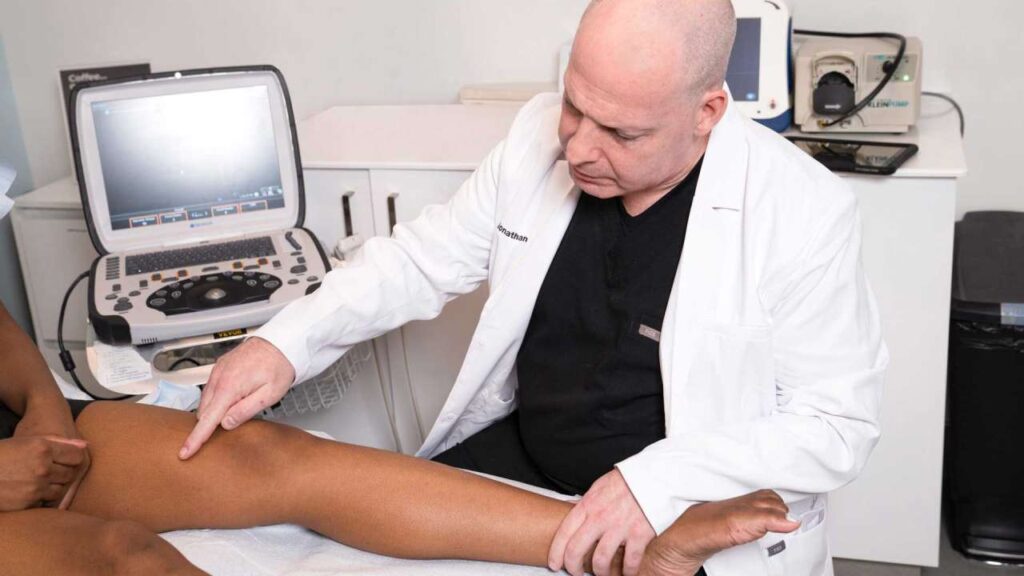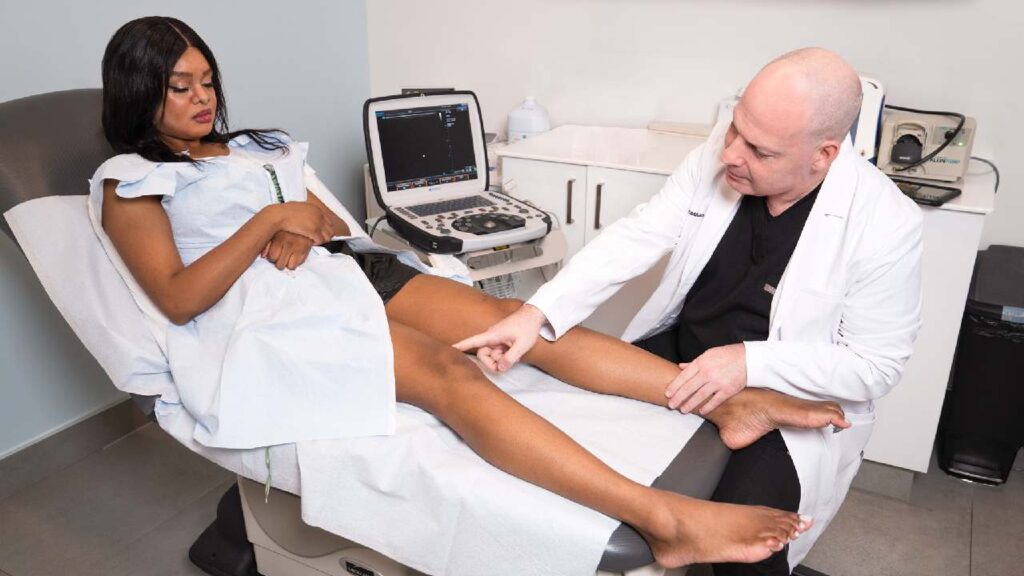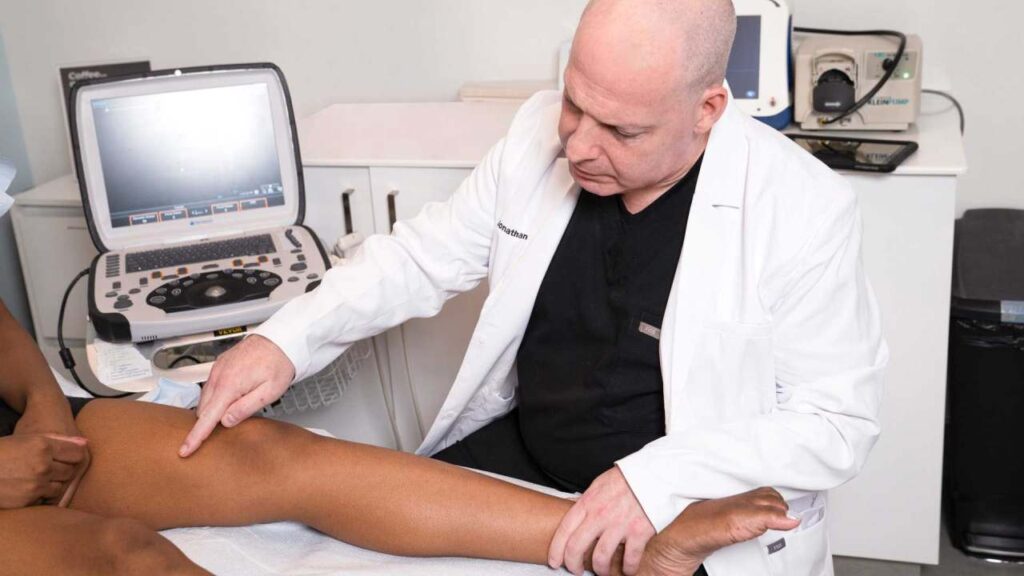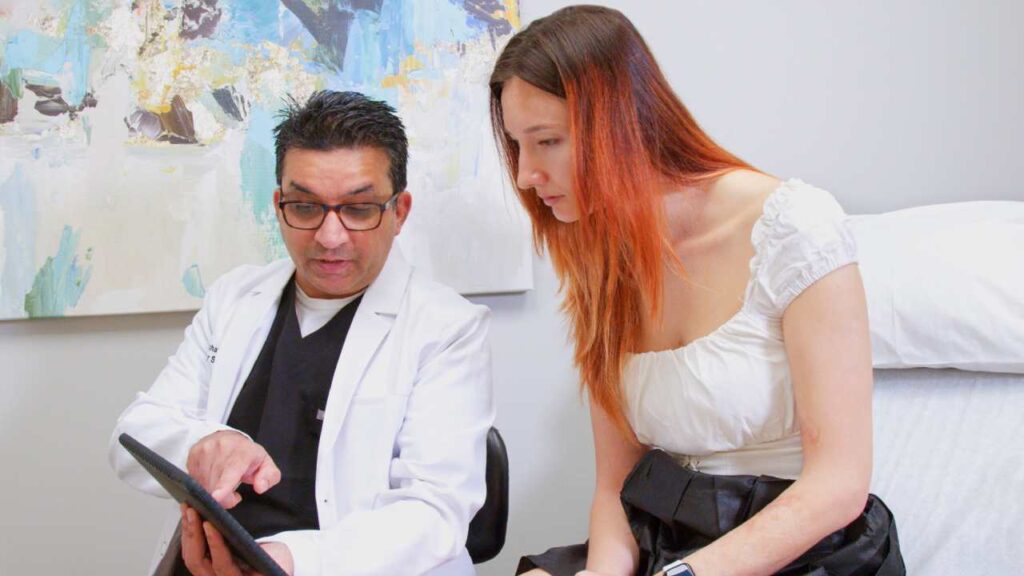You may be seeking treatment for varicose veins, and there are so many options out there that it can be hard to decide what is best for you. When entrusting someone with your health, it is critical to consider who will be treating you and what they will do. Click HERE to book an appointment to seek treatment with a vein doctor at our vein clinic in NYC, or keep reading to learn about vein stripping and treatment options that may be better!
Varicose veins are dark purple, green, blue, or red blood vessels that bulge. In contrast to healthy veins, which run in a reasonably straight line, they appear twisted and deformed. They have a diameter of more than three millimeters and are typically found on the legs, inner thighs, buttocks, and lower pelvic regions.
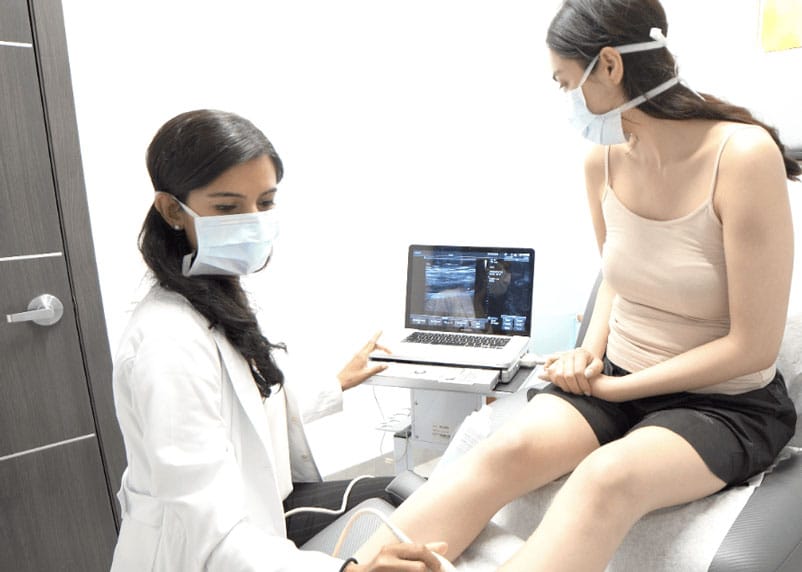
What causes varicose veins?
Varicose veins are a sign of a more serious problem, the most common of which is chronic venous insufficiency (CVI). Healthy veins have one-way valves that route blood into the heart while preventing it from returning to the limbs. When the valves of the veins in the legs begin to leak, gravity pushes blood back downwards, causing it to pool in veins in the lower limbs and resulting in chronic venous insufficiency. The venous system may be unable to transport blood to the heart as a result of fluid buildup, and pressure on the vein walls grows over time, resulting in the bulging varicose veins you may be noticing.
What are some common symptoms associated with varicose veins?
Symptoms of vein disease include:
- heaviness or pain, particularly after a long day on your feet, due to increased blood pooling in the legs
- Leg fatigue and edema in the foot or ankles leg cramps caused by a lack of circulation, which would normally transport away excess lactic acid created by frequent muscle activity
- Itchy, burning, or painful varicose and spider veins
These signs and symptoms are far from normal aging processes, and venous insufficiency and varicose veins can be treated at a vein clinic!
Vein stripping is a surgical operation used to treat chronic venous insufficiency, which is the underlying cause of spider veins, varicose veins, and the majority of other vein disorders. The treatment involves removing or sealing the damaged or diseased large saphenous vein in the leg to rerouted blood into healthy leg veins. This restores optimal blood circulation to the heart.
The steps are:
- Your vein doctor will make a few small cuts along the damaged vein in your leg, starting at the top near your groin down to your calf or ankle
- They will guide a thin wire into the vein through your groin and pass it through the vein towards your calf or ankle
- The wire is tied to the vein and pulled out through the lower cut to pull the vein out
- The cuts will be closed with sutures.
What is Varicose Vein Stripping?
Vein stripping is a surgical technique that takes 60 to 90 minutes and can be done under local or total anesthesia. Our medical centers for vein treatment in New York advise against vein stripping procedures. Vein stripping is a difficult surgery with a poor success rate and a high risk of complications. Although it used to be the go-to procedure to treat varicose veins, recent medical advances in minimally-invasive procedures have taken precedence.
Recovery time from varicose vein stripping ranges from 2 to 4 weeks, depending on the number of veins removed, their location, and your aftercare. Your doctor will prescribe pain relievers to alleviate post-treatment pain and discomfort. You should also elevate your legs above the level of your heat when sitting, prop your legs on a pillow while sleeping, and avoid vigorous workouts and activities.
What treatment options are better?
Varicose vein stripping is considerably less effective than minimally invasive vein therapies. While minimally invasive techniques have a nearly 100% success rate, varicose vein surgery has quite a high failure rate. Furthermore, individuals undergoing varicose vein surgery are more likely to develop infections and deep vein thrombosis, which can result in a variety of consequences and issues. That is why you should look for vein treatment centers that specialize in minimally invasive vein treatments rather than vein stripping or vein surgery.
Depending on your individual condition, the vein doctor may give you three options: VenaSeal, varithena, and radiofrequency ablation are all options. All of these treatment approaches essentially block off any unhealthy veins that are creating blood flow problems in order to redirect the blood through healthy veins. They all take less than a half-hour and are relatively painless. Because there is no anesthetic or recuperation time required, you can go home or back to work immediately following the vein treatment clinic operation.
It’s important to find a vein doctor who is trained in minimally invasive procedures so that you can be sure that you are receiving the highest standard of vein care. Our vein center in NYC is accessible by both Grand Central Station and Penn Station and is close to major landmarks such as the Empire State Building. The Vein Treatment Clinic New York has physicians who are passionate about your well-being and who can consult with you to help you heal. If you are ready to finally get treatment for your vein disease, check out the Vein Treatment Clinic for vein treatment today!
